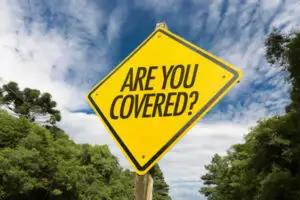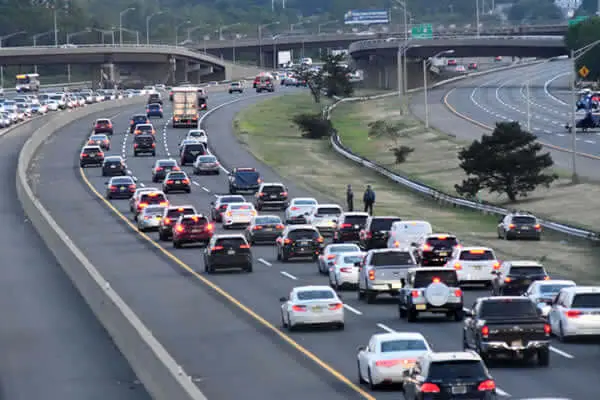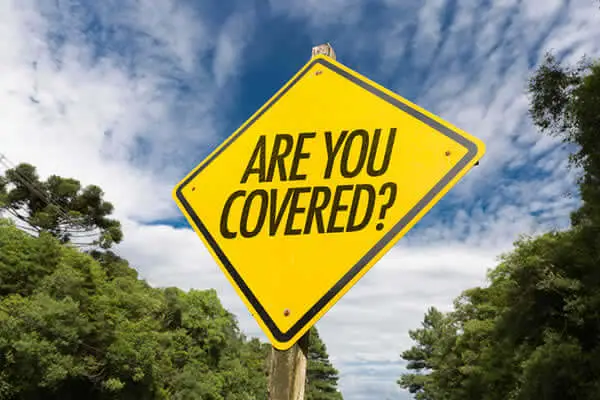Does your auto insurance work like you think it does? Read and understand these commonly confused terms so you’re not hit with any surprises.
The Texas Department of Insurance recently released its full description of auto injury and policy.
YEAH BABY! Let’s break out the champagne! …Says absolutely not one single living person.
But, this is an opportunity to learn exactly what some commonly misunderstood auto insurance terms mean.
Because your layperson’s understanding doesn’t always match what insurance companies, courts, and lawyers think.
That’s not a criticism of you. More or less – it’s how it works.
So take a second to understand what a few insurance terms truly mean:
“Comprehensive” Doesn’t Mean All-Inclusive
Accuse the auto insurance industry of being intentionally misleading – and you’d be right.
Remember, it’s their goal to not pay. And if you can obfuscate (confuse) the meaning of words, you get a lot of power to shift payment away from yourself.
“Comprehensive” in auto insurance means protection from most things other than a collision with another car. Some companies and agents call this “other than collision” insurance.
Make sure you check your policy so know your “comprehensive” insurance covers what you think.
Bodily Injury Coverage Isn’t for Your Body
Want coverage of your medical bills during your accident? …Don’t rely on “bodily injury” coverage.
It covers your liability to another driver, passenger, or pedestrian.
Their “bodily injury coverage” covers you.
What if they illegally don’t have car insurance, and have no way of paying for your medical bills following an auto collision?
Your policy likely has an “uninsured motorist” or “underinsured” motorist option you can collect from for financial help.
Collision Coverage Is an Optional Coverage that Covers Physical Damage to Your Vehicle
Isn’t the reason you have auto insurance in the first place so you can get your car paid for if you have damage to it? Kinda. Sort of.
Texas’ minimum requirements only include liability. In other words, only if you have responsibility for damage to someone else’s property, car, or body.
You have to carry $30,000 for each injured person, $60,000 for each accident, and $25,000 for property damage at minimum. This is called 30/60/25 coverage.
Now collision comes into play when you hit another object while driving by yourself, like a guardrail, pothole, fence, mailbox, or tree. You can also use collision coverage to repair damage to your vehicle when in an accident.
It’s more expensive. And law doesn’t require it.
Typically, you get it if you own a more expensive vehicle. And most people have $500 or higher deductibles.
Hopefully that clears up any confusion you had around those terms.
Insurance companies do what they can to confuse so they have the advantage.
…But you have Mullen & Mullen Law Firm on your side. And we’ll make sure you get nothing but the truth.
Suggested Reading
Texas drivers beware: Motorists don’t carry enough insurance
What can you do if insurance co. denies your claim?
What if you’re hurt in Texas and the at-fault driver has no insurance?
What do insurance companies look for to reduce or deny payouts?







